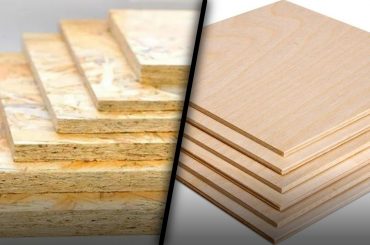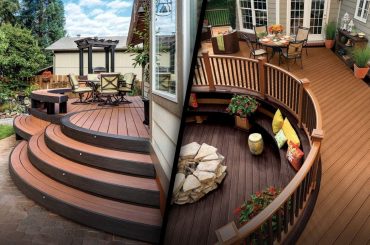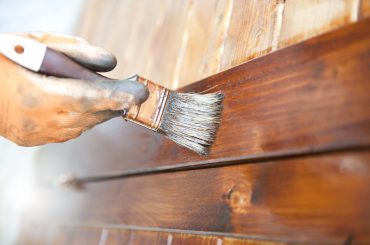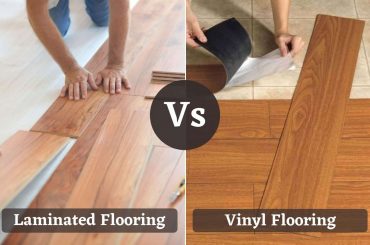Wood putty and wood filler are two different things that retailers frequently confuse.
At least since the time of the ancient Egyptians, various types of varnish and lacquer have been available. Throughout history, craftspeople have used natural hardening resins found in varnish and lacquer to make wood filler by mixing them with wood dust, limestone or whatever else they could find.
As an alternative to wood filler, modern woodworkers also use wood putty, which is typically made from synthetic materials. In addition to synthetic wood fillers, there are many other types in the modern market. It becomes slightly more difficult to decide which type of putty or filler to use for a particular purpose because of this blurring of the lines between the two. There is an even greater blurring of the line between putty and filler with epoxy wood fillers, which combine the characteristics of both.
Further, manufacturers and retailers don’t always make a clear distinction between wood filler and wood putty, so you can’t count on them to help you decide which product to use. Here’s what everyone needs to know: Wood fillers are sandable and stainable, and are best applied to unfinished woodwork. Cracks and small holes in finished woodwork are best repaired with wood putty.
What Is Wood Filler?
In a wood filler, sandable particles are suspended in a resin solution which bonds with wood fibers to form a solid bond. For example, the ancients may have mixed wood dust with lacquer or varnish to make a mixture, and woodworkers do the same today. Wood fibers, like that found in DAP’s Plastic Wood All Purpose Wood Filler, are combined with solvent-based hardening resins, while gypsum, limestone, or attapulgite (a fibrous clay mineral) are combined with water- or solvent-based hardening resins.
A wood filler has three distinct characteristics: it hardens as it cures, it can be sanded and stained. Wood fillers can be uniformly sanded, but they are not all stain-resistant. There are some fillers that stain better than others, but most are porous enough to allow stain to penetrate at least some, particularly those that contain real wood fibers.
To coat flat interior surfaces like countertops and tabletops with wood grain filler, spread it on the surface to fill the grain. Applying the finish requires sanding it flat and spreading it with a putty knife.
When To Use Wood Filler
Patching interior woodwork before staining and finishing is easy with traditional one-part wood filler. It can be used for:
-
Make sure unfinished furniture is free of nicks, scratches, and gouges by filling them in.
-
Wooden flooring with gouges and holes can be repaired. Filling gaps between flooring boards with wood fillers, such as Pro Finisher, is also an option when refinishing hardwood floors.
-
Surfaces such as tabletops, countertops, and shelves that have been damaged should be molded and shaped.
A one-part wood filler is usually only suitable for interior use. But two-part fillers are suitable for drilling and holding screws, such as Minwax High Performance Wood Filler. Due to their density, non-porous nature, and ability to be sanded, two-part fillers work both indoors and outdoors.
What Is Wood Putty?
A putty knife is typically used to apply wood putty because it is denser than wood filler. Plastic and oil-based solvents are combined to form wood putty, similar to window glazing or plumber’s putty. Unlike wood filler, wood putty does not harden, preventing shrinkage and cracking, but you cannot sand it. As well as being inedible, putty doesn’t stain, although many types are colored to match various wood tones, such as the Coconix Floor and Furniture Repair Kit.
A wood putty is used to cover nail holes, correct gouges, and repair nicks and holes in finished surfaces. For example, you would use wood putty instead of wood filler to hide a scratch on a dining room table. It’s easy to repair finished furniture with putty sticks like Guardsman Wood Repair Filler Sticks.
When To Use Wood Putty
Exterior and interior applications are available for wood putty. It can be used for:
-
Ensure that furniture, flooring and interior woodwork are free of dents, cracks and small holes.
-
Woodwork that has been gouged or cracked should be filled. This type of use usually requires painting.
-
Decking boards with cracks should be repaired. It is best to use a two-part wood filler for this, which bonds with the wood and prevents the crack from spreading.





